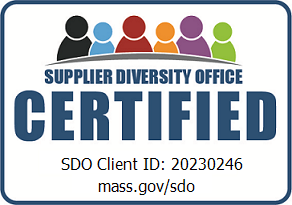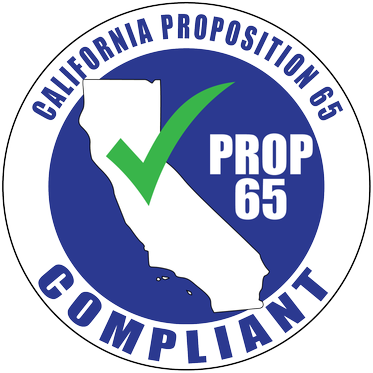At USEFULL, we’re proud to be part of an ever-growing movement that has us rethinking our relationship with waste and designing systems that keep materials in use for as long as possible. It’s called the circular economy, and it’s the foundation of everything we do.
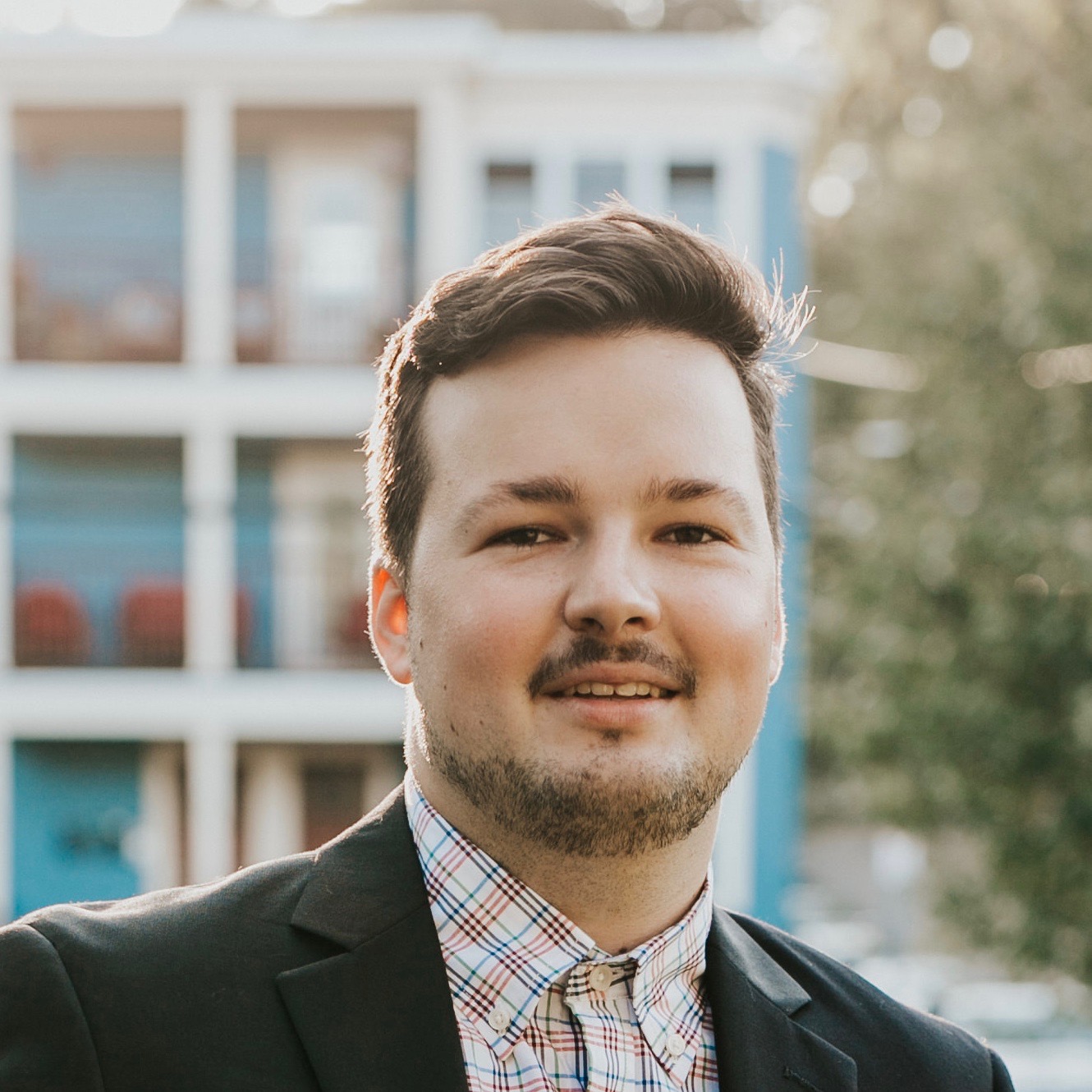
To get a circular expert’s perspective, we sat down with Eric Sargent, the founder of Circular Economy Club Boston, to talk about what makes circular systems work in the real world. From policy change to cultural shifts, and upcycled chopsticks to reusable takeout containers, the conversation highlights how collaboration, infrastructure, and creativity all play a role in moving beyond the throwaway model.
Curious about how local innovators are laying the groundwork for a world where waste no longer exists? Then this is a great place to start.
So, what is a circular economy? Why do you need a club to convene about it?
The circular economy is a 4.5 trillion dollar business opportunity that helps reduce the impacts of waste on our health and the environment while strengthening local economies. Currently, over 90% of our economic activity involves taking materials from the earth, making them into things, and then throwing them away. This process produces over 360 million metric tons of plastic waste per year in plastic waste streams alone. The circular economy seeks to design products, develop business models, and create systems that keep materials at the highest value possible for the longest period of time. The approach involves redesigning products to use less material, repairing products, take-back schemes, sharing models, reusable products, and recycling. If done well, these solutions offer cost savings and new revenue generation opportunities while reducing carbon emissions, pollution, and landfill waste.
To create a circular economy system, you need a strong network of partnerships. That is where the Circular Economy Club comes in. The expression “one person’s waste is another person’s treasure” applies here, not just for individuals, but also across industries. An excellent example of a circular economy start-up in Boston, ChopValue is collecting chopsticks from restaurants and upcycling them into furniture and consumer products. Restaurants have no use for discarded chopsticks, but ChopValue can turn them into a table or phone stand. As a club, we are working to convene innovators, government officials, non-profit leaders, and business leaders to discuss opportunities to accelerate the transition to a circular economy. It requires a lot of collaboration and a strong network to lift each other up and be strategic across the ecosystem.
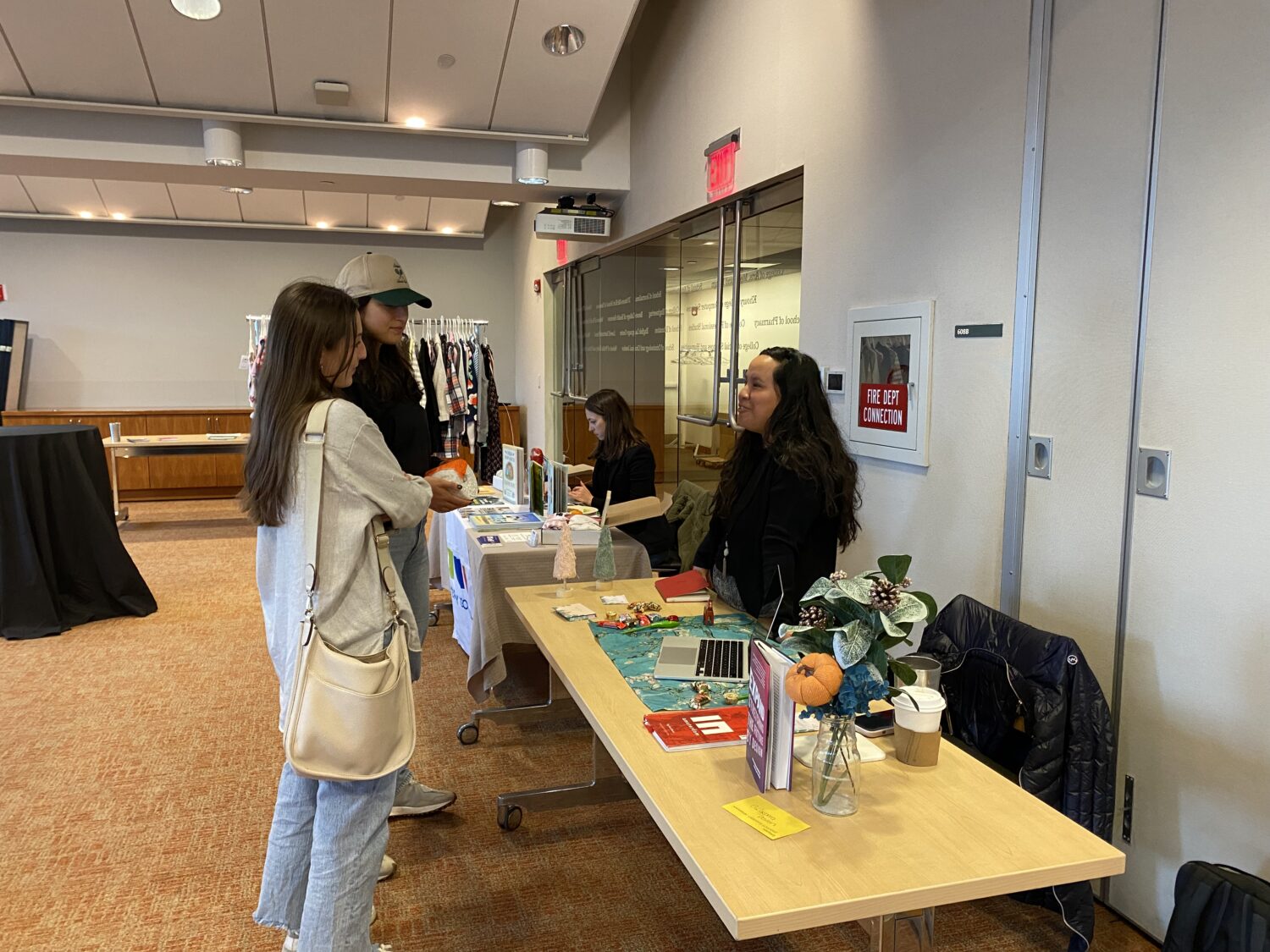
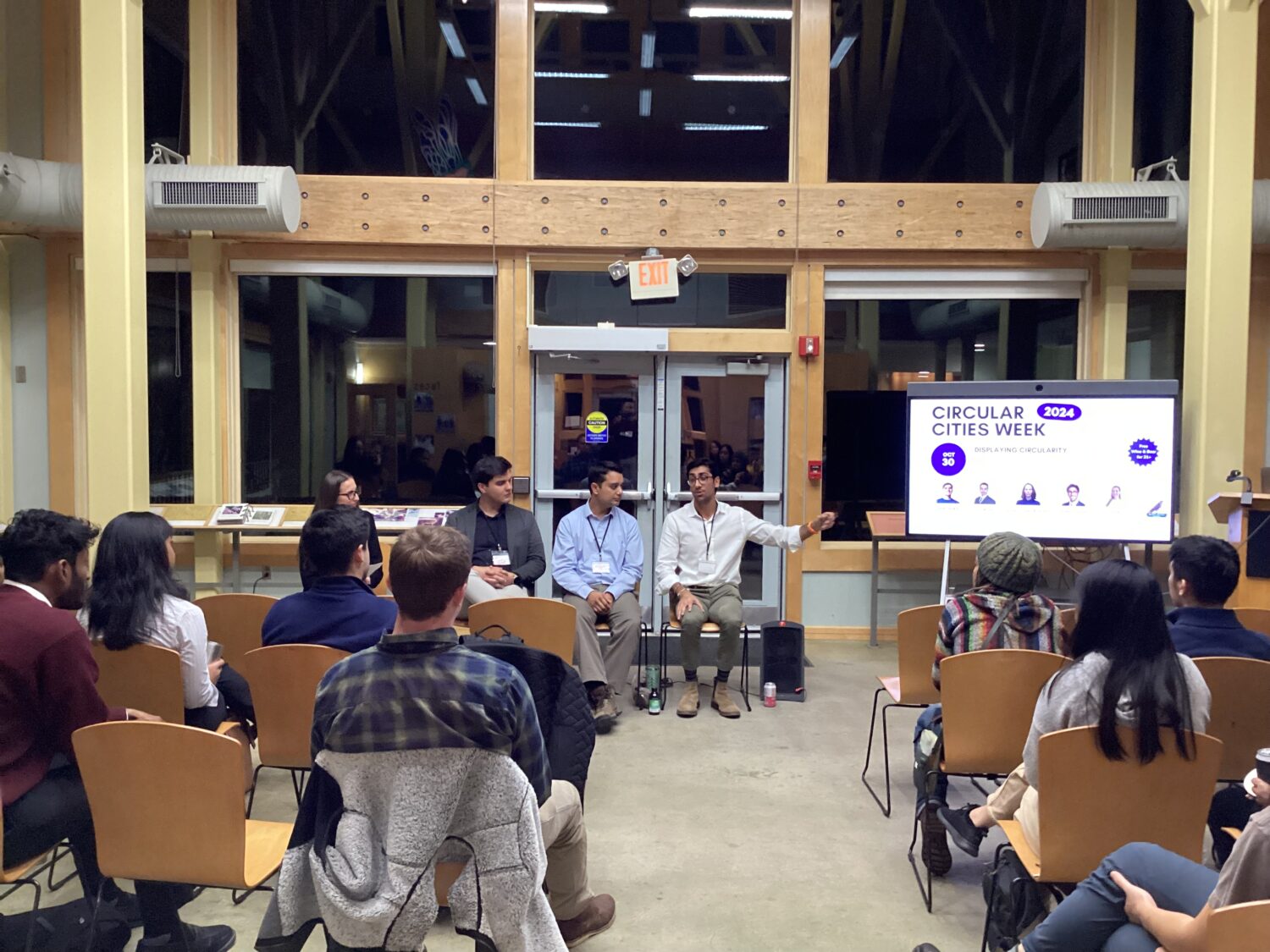
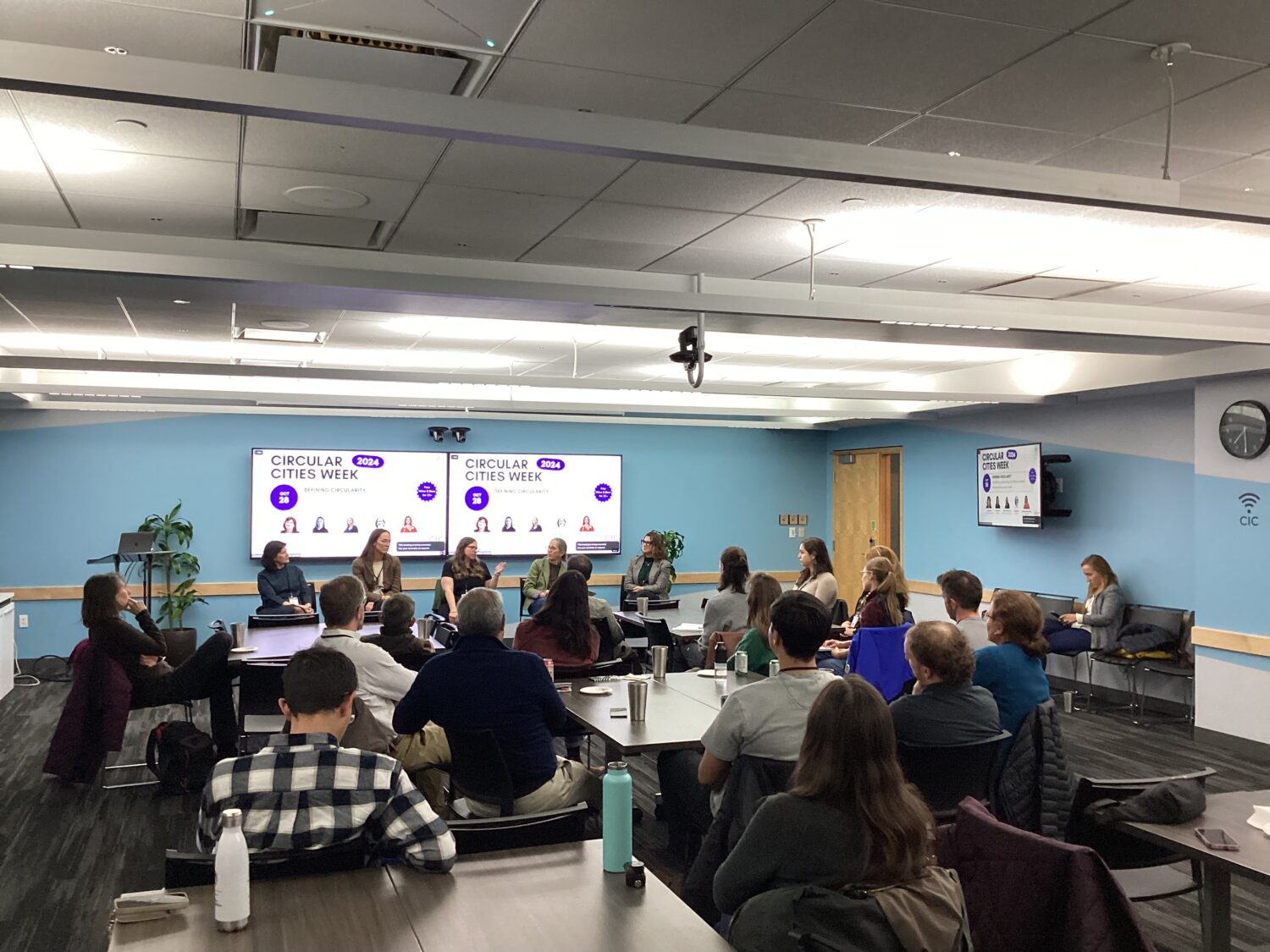
What would a Boston “where waste no longer exists” even look like? Do you think Bostonians are capable of going waste-free?
A Boston where waste no longer exists means we have designed waste out of our products and systems. Imagine a city where, when your toaster breaks, you can walk down the street, take it to a repair cafe, and have it fixed for less than buying a new one. People are strongly motivated by cost and convenience, so we have to make participating in the circular economy a more straightforward solution than buying something new. We also have to make it more fun! This past fall, we started an initiative at the Circular Economy Club Boston called the Wicked Circular Market. We brought together vendors selling upcycled products, businesses repairing things, and other circular economy solutions. Marketgoers became more than just consumers; they could also drop off difficult-to-recycle items, make collages, swap Halloween costumes, or learn about reusable takeout ware.
To go waste-free, we can’t do it alone; a waste-free Boston means we also have to work with city officials, local departments, and worldwide with companies operating at larger scales. We must advocate for new policies like extended producer responsibility so that companies bear more of the burden of making their product designs easier to repair and less wasteful.
What are the biggest barriers to reuse that you see today? What factors need to be at play for a reuse system to be successful?
Two main things come to mind. People simply aren’t accustomed to using reusable containers. It’s a cultural shift from getting your food in single-use containers that you throw away to using reusables. We must make reusable containers more attractive than single-use containers. Companies can get creative about how this is done. For example, offering incentive programs so that when customers use a reusable item 10 times, they get a 10% discount. Such offers can increase customer loyalty and add novelty.
The second thing is that you need scale to make reusables work well. USEFULL does a great job of implementing its solution in a contained environment like a college campus because you can make pick-up and drop-off sites convenient and ubiquitous. But it is much more complicated in a city where people bring take-out reusable containers back home and might not have a convenient place to drop them off. When you think about it, trash cans are everywhere, so throwing things away is easy. We need the same infrastructure investment for reusables so they can become the default in cities.
What made you decide to get involved with circular economy work?
About three years ago, I was working in the urban design sector and watching all the fires on the West Coast and natural disasters happening worldwide. It felt like climate change would only worsen, and I wanted to use my career to contribute to developing solutions. I had read a book in high school that my cousin gave me called Cradle to Cradle. As I was considering paths to take for my career, a friend asked me, “If you could work anywhere, where would it be?” and I instantly thought of the Cradle to Cradle Product Institute.
I began researching the organization and found that there has been a growing circular economy movement since I read the book. I decided to get a certification in circular economy. At the end of the certification, they had a list of recommendations for things to do to get involved, and one of them was joining a local Circular Economy Club. I was excited until I learned there wasn’t a single Circular Economy Club in the New England region. So, I decided to start one. I was drawn to the field because it emphasizes practical business solutions that reduce waste while providing environmental benefits. The circular economy is a huge opportunity we can all take advantage of, regardless of our industry or role. I aim for the Circular Economy Club Boston to be a place where people can plug in to get involved!
Besides getting involved with CEC, how do you recommend that people interested in circular economies take action?
I think it’s all about finding the overlap between your skills and where there are needs/opportunities. If you like photography, come to circular economy events, take pictures, and share them with the organizers. If you have a background as a lawyer, see where you can support start-ups or non-profits working on the circular economy by offering pro bono or low bono offerings. No matter your skill set or experience, there are places to plug in! We also need a robust policy framework to support the transition to circularity, and there are many opportunities to advocate for such policies.
To get involved with policy-work, I recommend looking into:
- Joining the #SkipTheStuff campaign.
- Keeping up with Beyond Plastics and PIRG campaigns.
- Starting or joining an Upstream reuse coalition.
- Contacting your state rep and advocating for them to join the MA Zero-Waste Caucus (or your state’s equivalent) if they haven’t already.
- If you’re a student in Boston’s higher education system, consider joining a sustainability club or introducing a reuse program on campus.
- Volunteering with local organizations.
- Consider working with nonprofits that are reducing waste locally, such as Boston Building Resources or Habitat for Humanity Restore.
- If you’re handy, offer your help repairing items at a Fixit Clinic or Repair Cafe.
If you want to stay up-to-date on circular economy news, check out:
- Ellen MacArthur Foundation a charity committed to creating a circular economy with a wealth of information available on their website.
- Selling Circular, a great podcast in the space.
- Circle Economy has a great newsletter.
- Trellis is a good news source for circular economy and climate-related news and conferences.
For zero-waste shopping, try browsing:
- Uvida Shop, Blueland, and Grove, all great brands for cleaning supplies and other zero-waste gear.
- Reply’d, a wonderful option for used video games and electronics repair.
- Barter, a site for swapping and buying used nationally.
- Backmarket is excellent for finding refurbished tech like phones and computers.
To get involved and follow Circular Economy Club:
- Circular Economy Club Boston: Join our newsletter and follow us on Instagram and Linkedin.
- Circular Economy Club National: Check out the website to find a chapter that is local to you.

